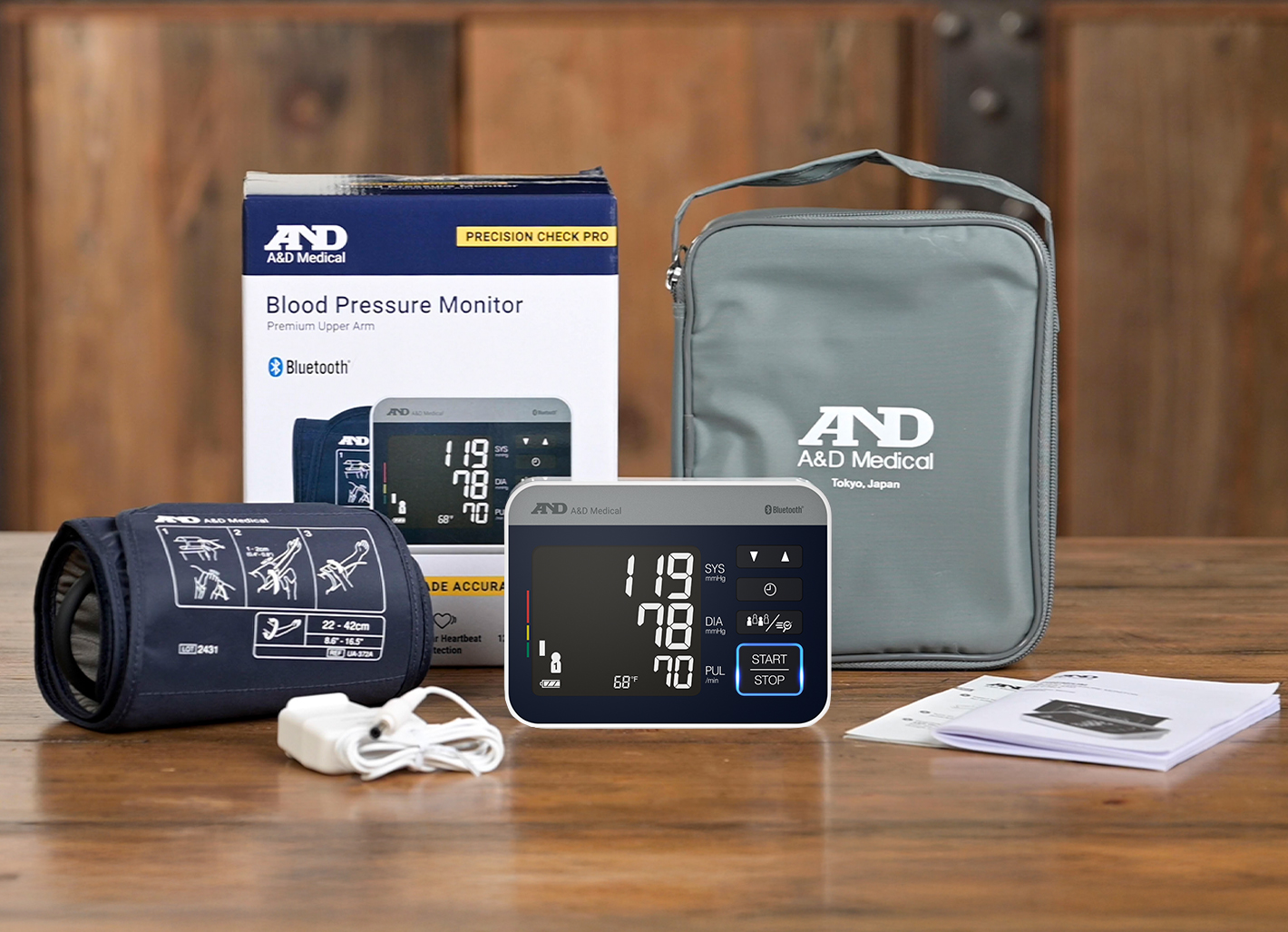Precision in Every Pulse: Understanding Averaging in Blood Pressure Monitors
Why Averaging Matters
Blood pressure can fluctuate throughout the day. A single reading might not reflect your true blood pressure. Averaging multiple readings smooths out these fluctuations, offering a more consistent and accurate assessment. This is vital for diagnosing and managing hypertension, where precise measurements are crucial for effective treatment.
Types of Averaging Methods
TriCheck™ Averaging
TriCheck™ minimizes the impact of individual measurement fluctuations by automating three sequential measurements and averaging them according to clinical guidelines. This ensures reliable averages that healthcare professionals can trust.
Averaging (Last 3)
This method displays the average of the last three measurements, providing a more consistent and up-to-date picture of your blood pressure. It’s useful for regular monitoring and tracking recent changes.
AM/PM Averaging
Blood pressure can vary significantly between morning and evening. Blood pressure changes throughout the day because of your body’s internal clock, physical activity, stress, diet, and health conditions. Your internal clock, controlled by a part of your brain, makes blood pressure higher in the middle of the day and lower in the evening. AM/PM averaging displays the average of measurements taken in the morning and evening separately, providing a comprehensive assessment of daily fluctuations.
Click here to add your own text




